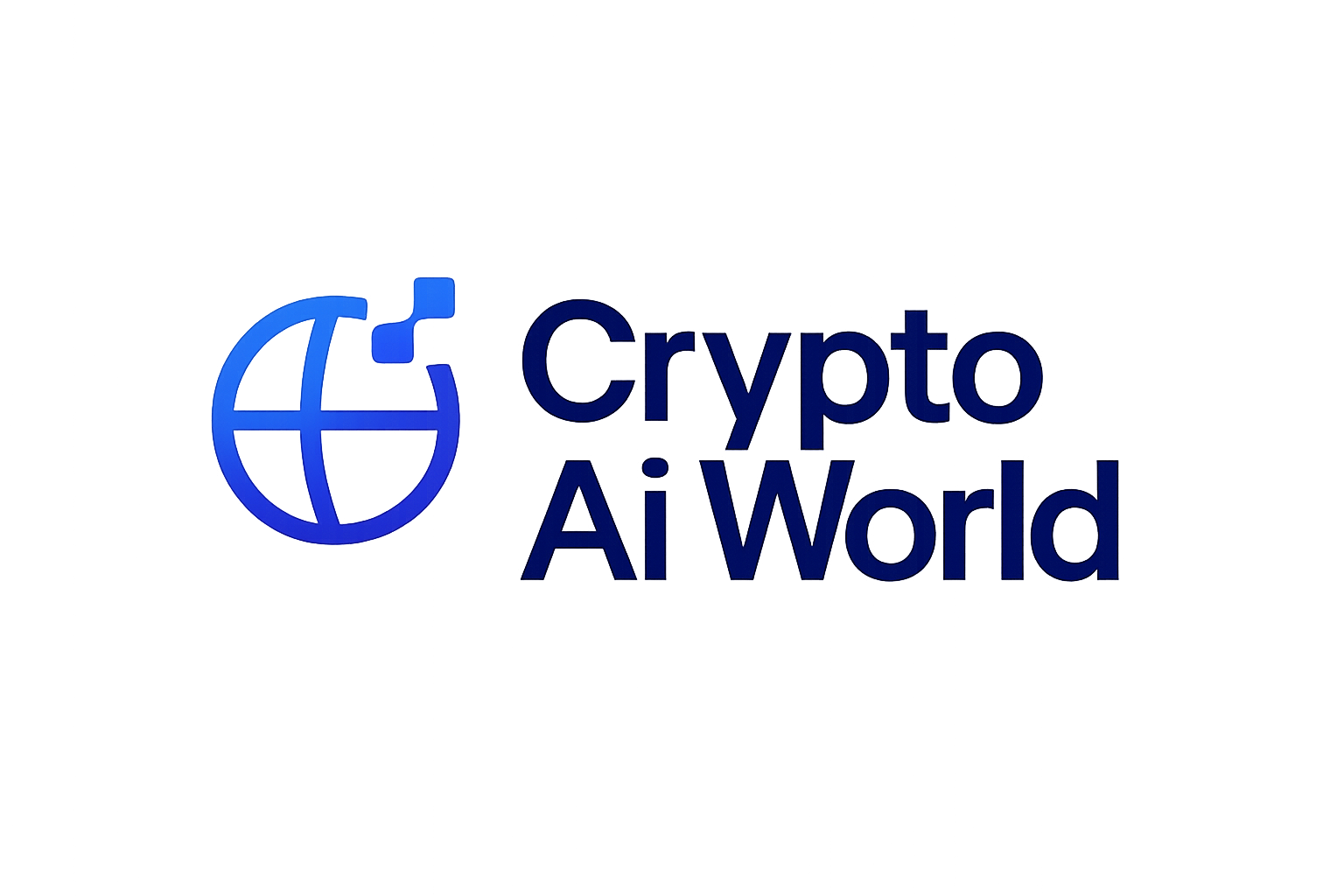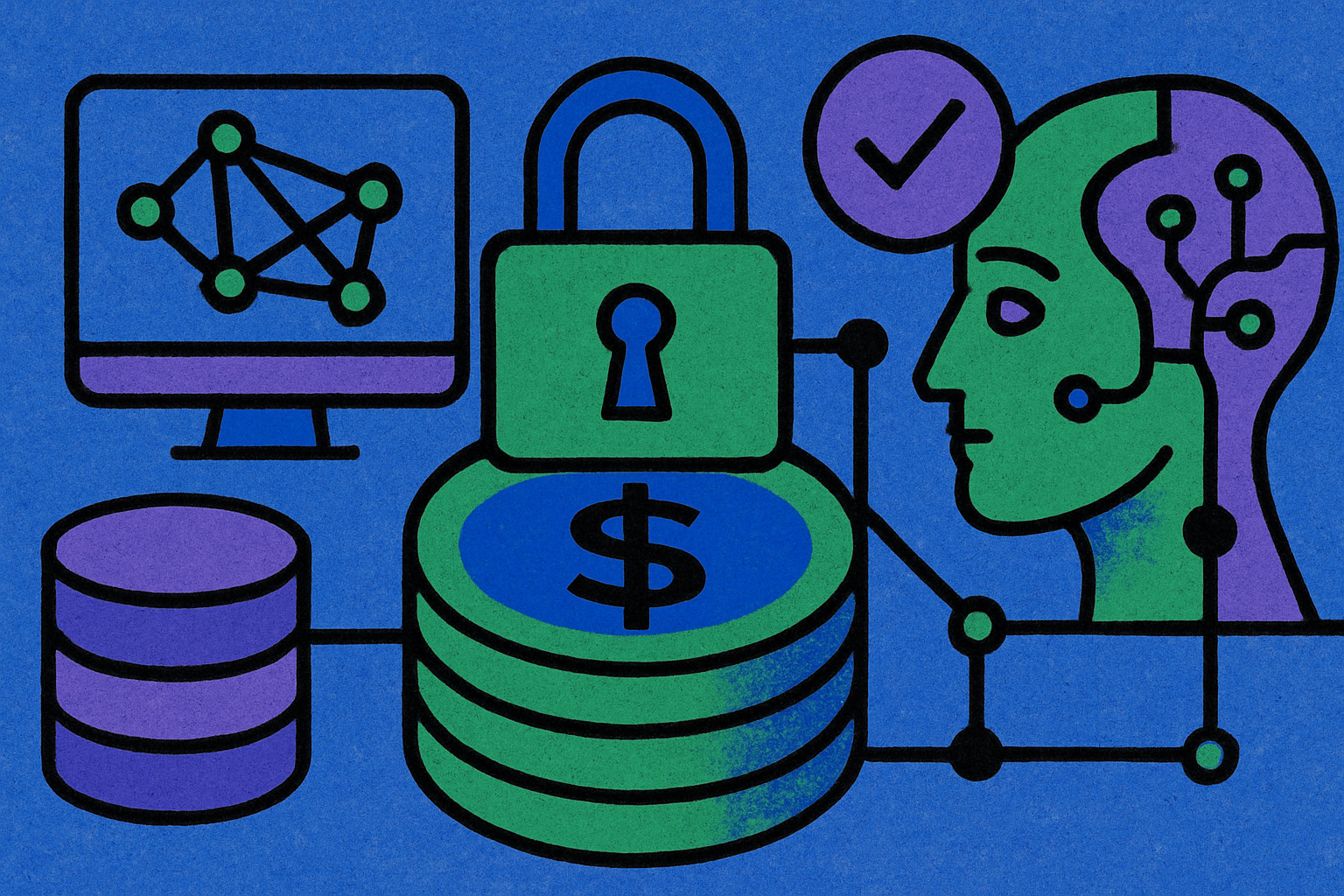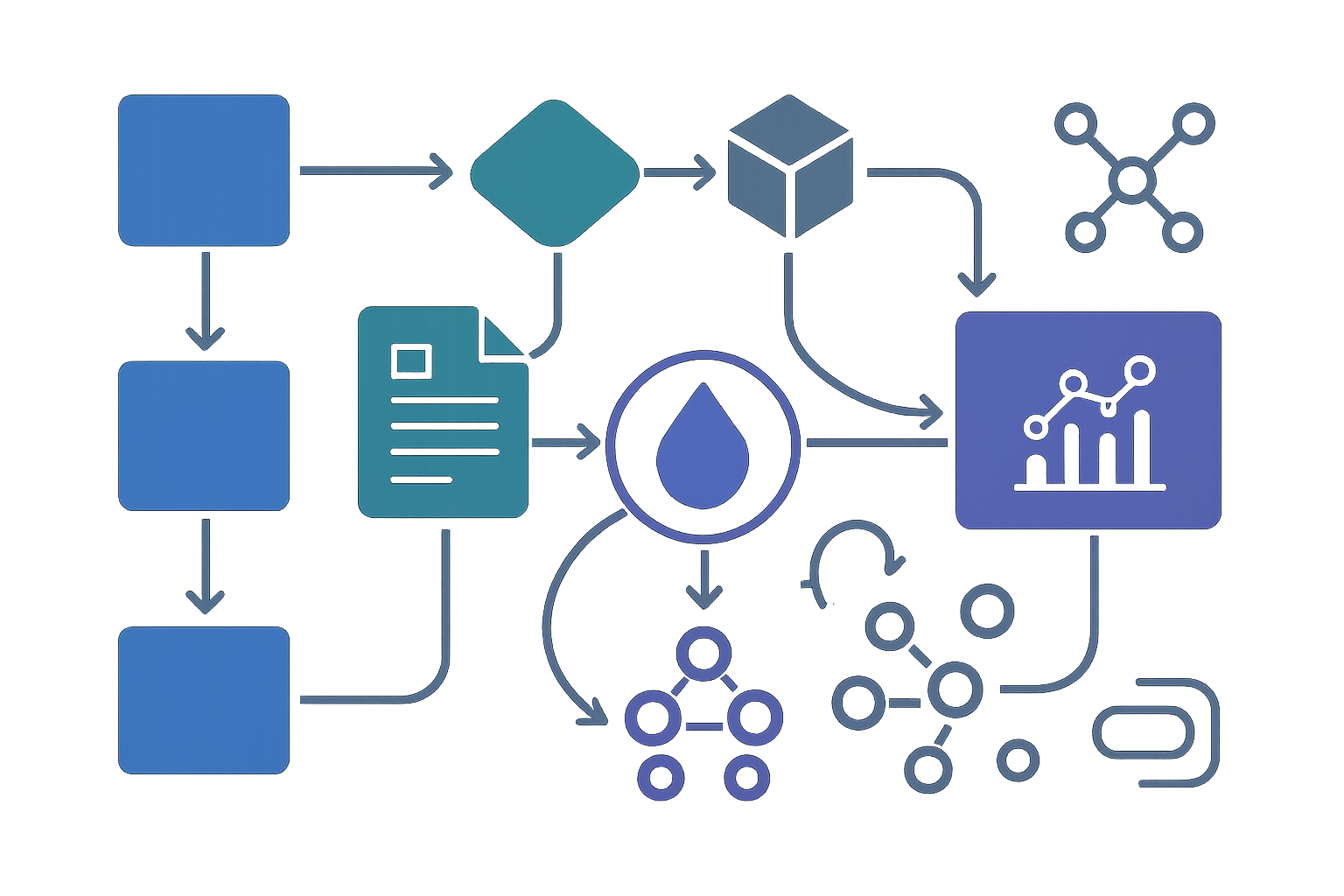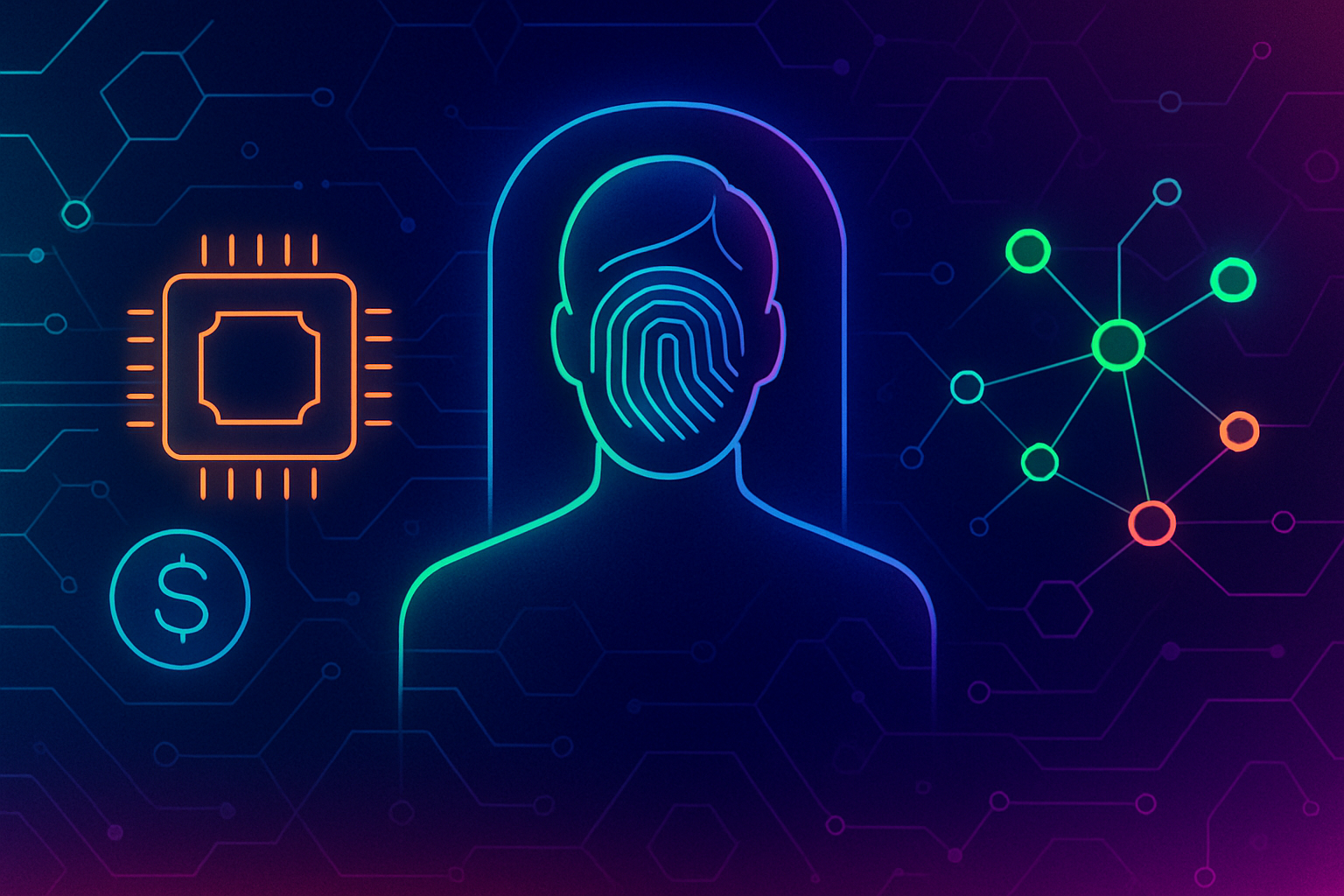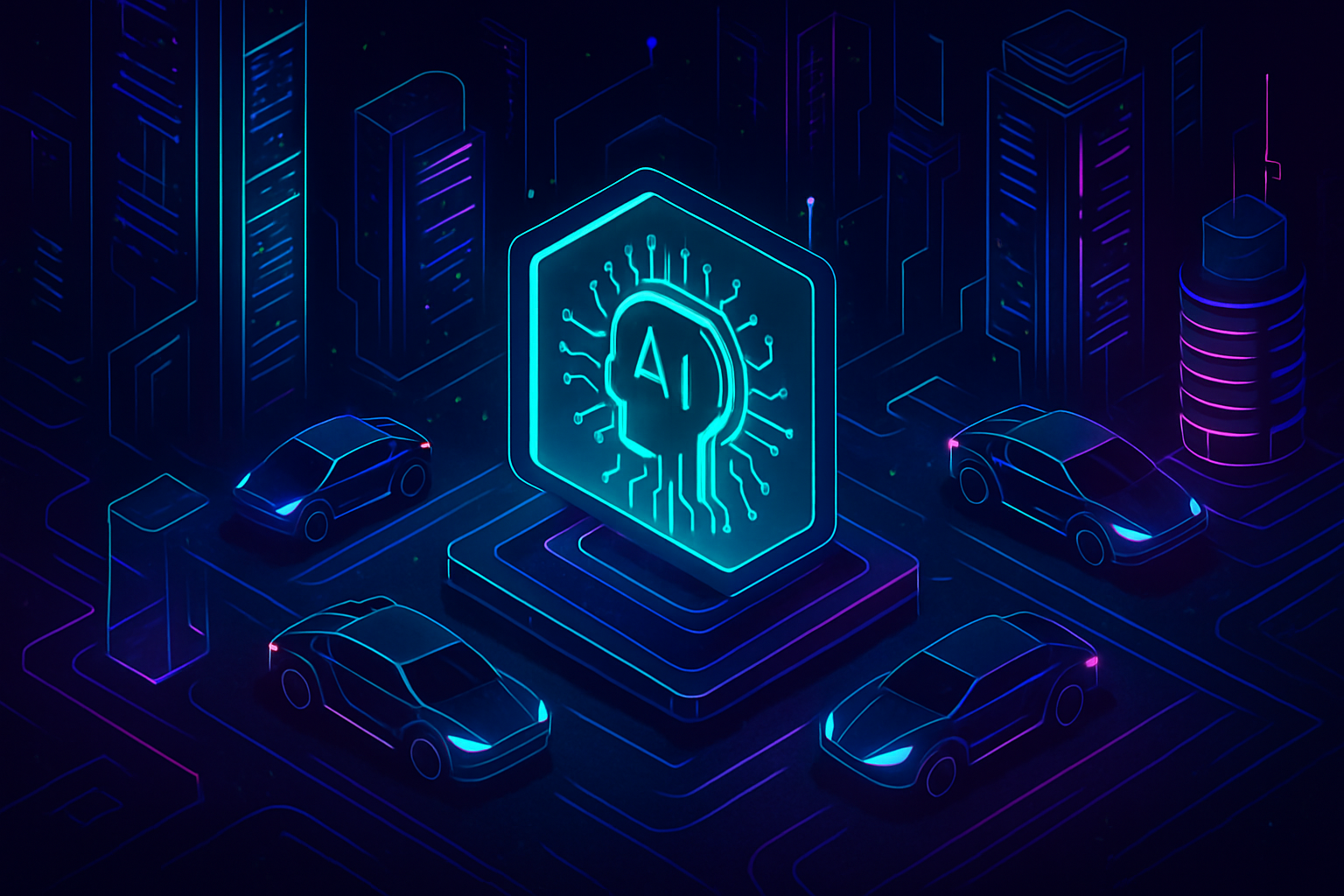
The fusion of decentralized autonomous fleets (DAFs) and DePIN AI infrastructure is no longer a futuristic vision – it’s actively reshaping how we build, train, and deploy intelligent systems at scale. The era of tokenized robot networks, onchain AI mobility, and AI-powered DePIN networks has arrived. This transformation is being driven by a new breed of projects that are pushing the boundaries of what’s possible when you combine blockchain, artificial intelligence, and autonomous machines.

What Are Decentralized Autonomous Fleets?
Decentralized autonomous fleets are collections of self-governing machines – think robotaxis, delivery drones, or industrial robots – that coordinate through smart contracts and onchain governance rather than relying on a centralized operator. Each fleet member acts as both an agent and a data source. When these fleets plug into DePIN (Decentralized Physical Infrastructure Networks), they unlock powerful new capabilities for AI compute networks: real-time data harvesting, distributed compute power, and automated value transfer.
This isn’t theoretical. For example, Volkswagen’s ADMT division has teamed up with Hivemapper to create a blockchain-based mapping system for its robotaxi fleet. The result? A live, community-sourced map that updates itself as vehicles traverse the city – all powered by token incentives within the DePIN ecosystem.
From Data Silos to Open AI Economies
Traditionally, AI infrastructure relied on proprietary data silos controlled by tech giants. But decentralized robotics flips the script: now anyone can contribute to – and benefit from – the global pool of data and compute resources. Projects like SentientAGI’s GRID are leading this charge by building open-source AGI marketplaces where developers can create, own, and monetize their autonomous agents without corporate gatekeepers (source).
Key Benefits of Decentralized Autonomous Fleets for DePIN AI
-
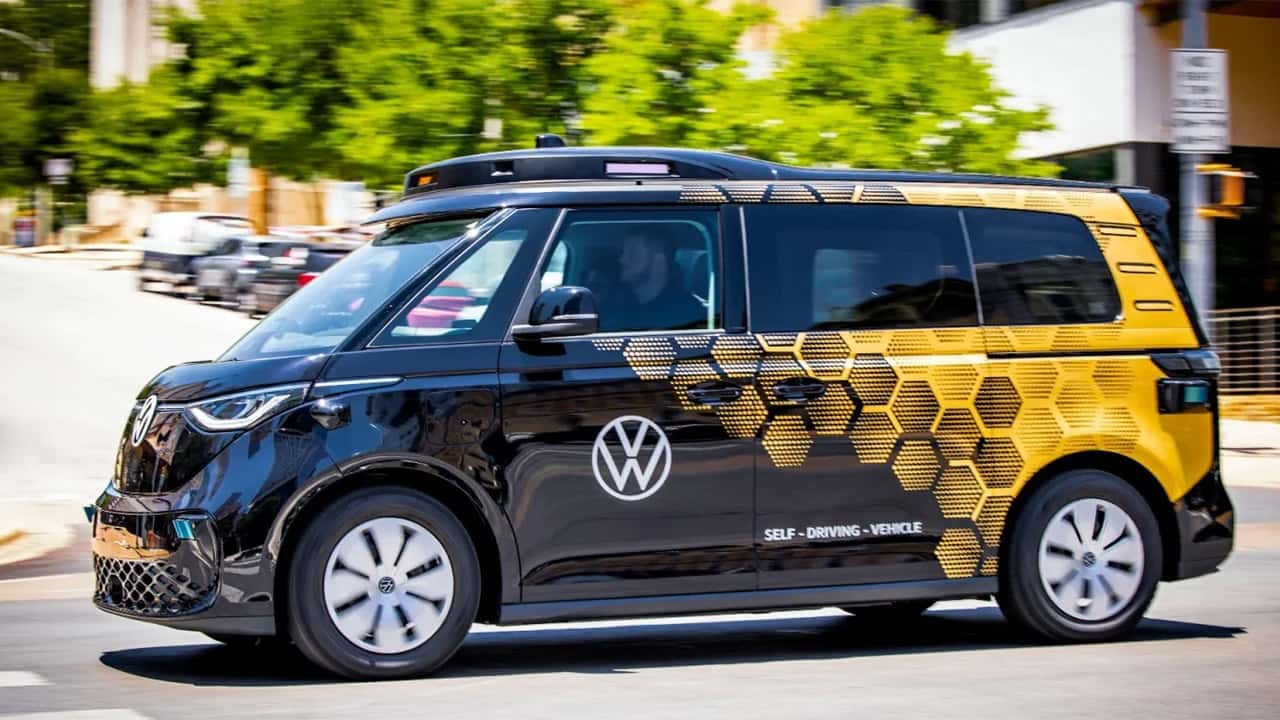
Real-Time, Community-Sourced Data Collection: Decentralized autonomous fleets like Volkswagen’s ADMT Robotaxi with Hivemapper leverage blockchain-powered mapping to gather up-to-date, high-quality data from the community, fueling more accurate AI models.
-
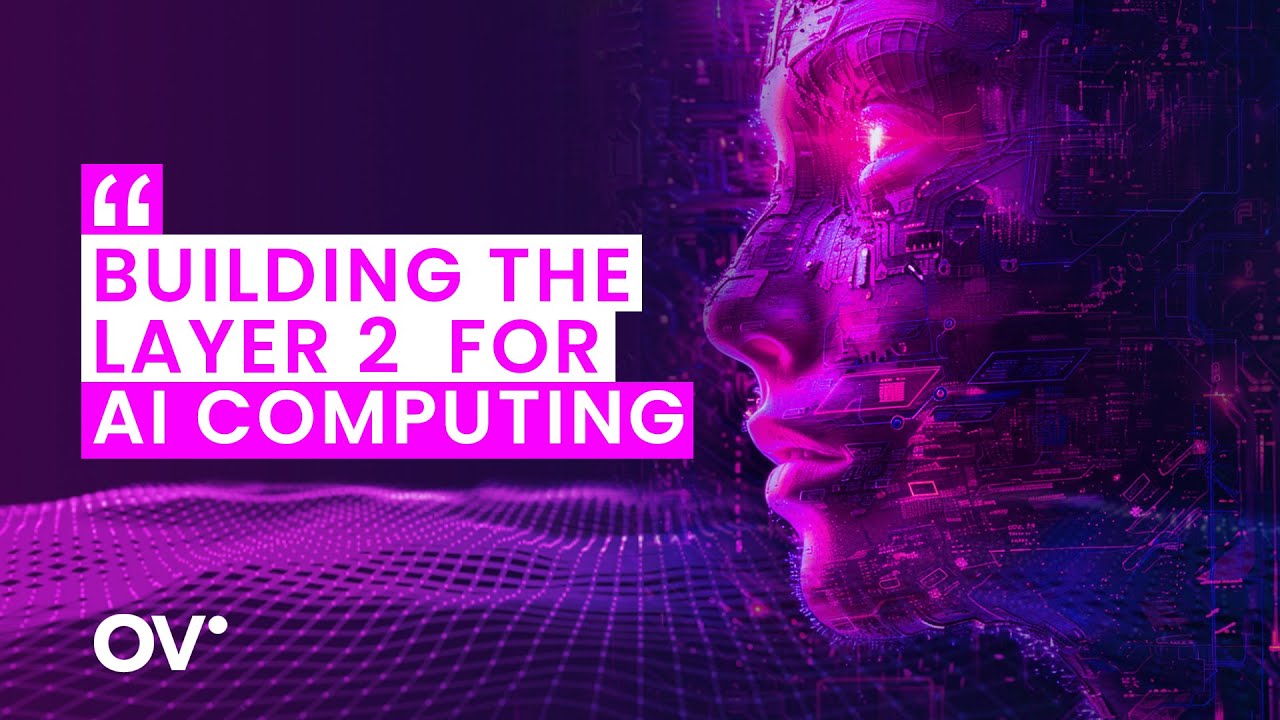
Cost-Effective, Scalable AI Compute and Storage: Collaborations such as Autonomys and Swan Chain make decentralized AI development more affordable by pooling compute and storage resources, reducing reliance on expensive centralized infrastructure.
-
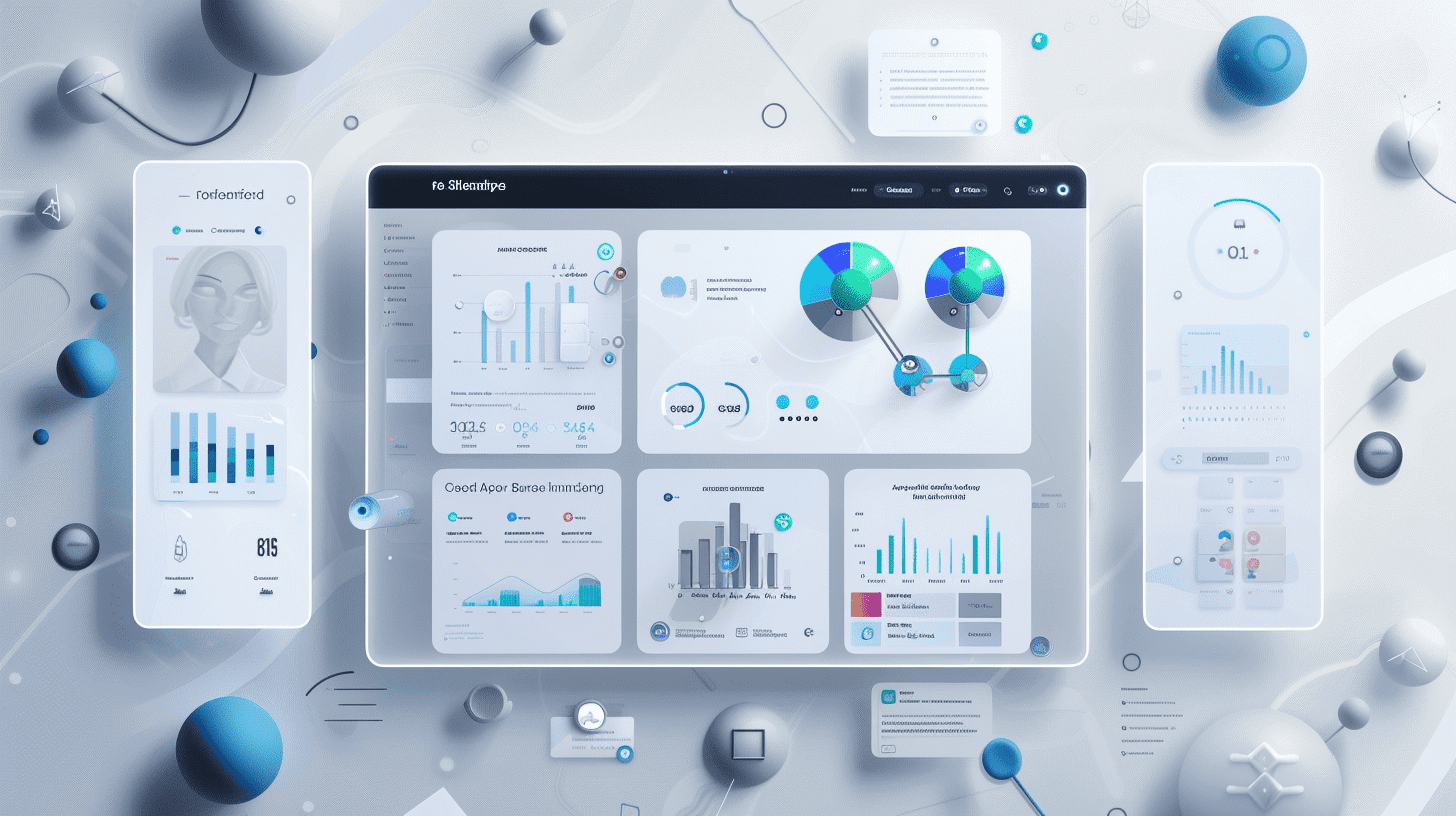
Autonomous, Intelligent AI Agents: Platforms like OMNIA are building agents that interact with both on-chain and off-chain data, enabling automated, intelligent decision-making without human intervention.
-
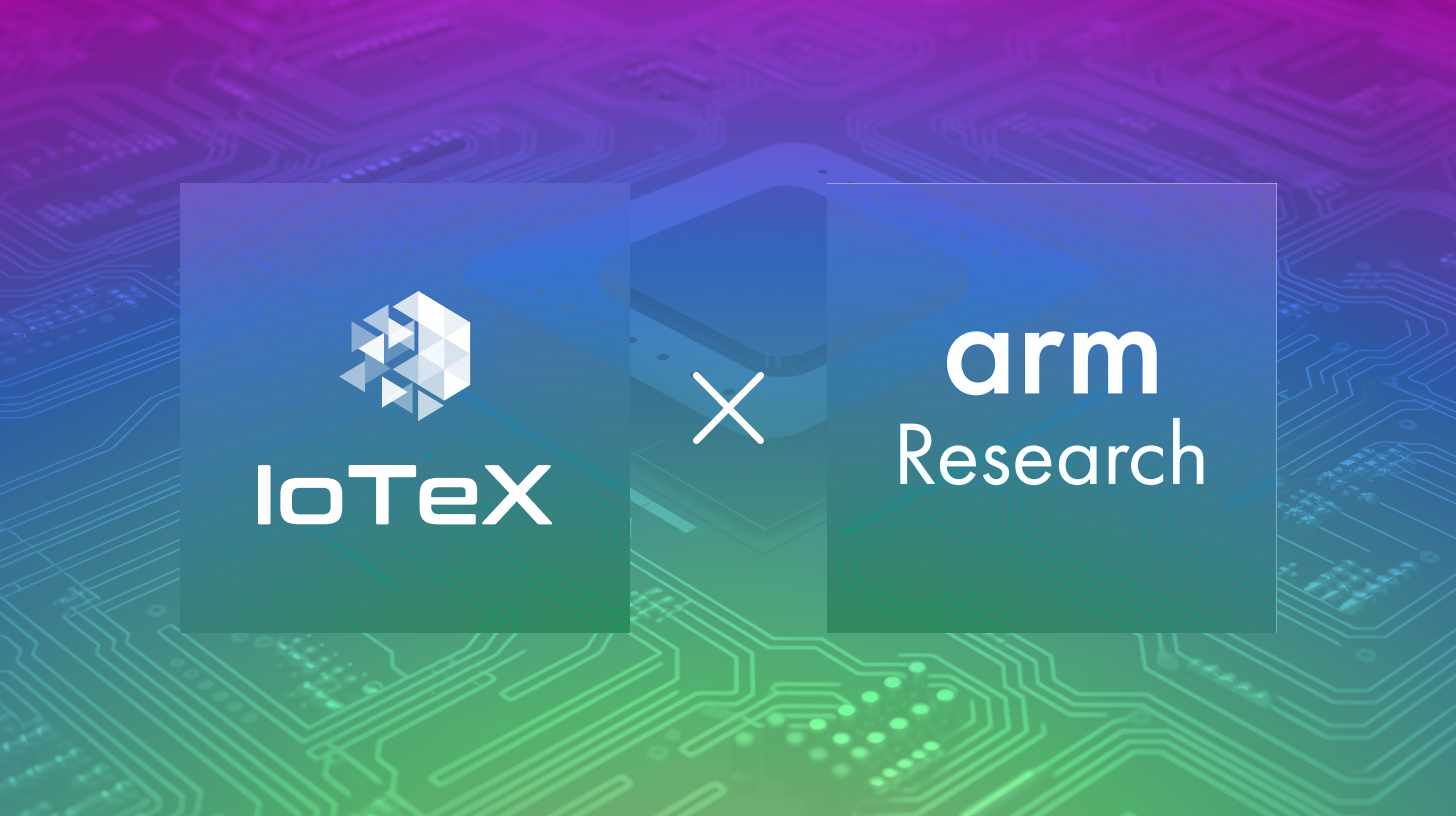
Resilient and Secure Infrastructure: Projects such as IoTeX are developing robust AI infrastructure stacks that leverage DePIN data, ensuring secure device identity, data aggregation, and domain-specific intelligence across decentralized networks.
This shift enables:
- Fractional ownership of physical assets like robots or sensors via tokenization (see OWNAI governance models)
- Onchain rewards for real-time contributions to datasets or compute pools
- Permissionless innovation, allowing indie developers to launch new AI-powered services without massive upfront capital
- Resilience and scalability, as networks grow organically with each new node or device added
The State of Play: Major Integrations and Ecosystem Growth
The pace of collaboration in this space is remarkable. Consider Autonomys and Swan Chain’s recent partnership to blend secure storage with decentralized compute for seamless deAI development (details here). Their integration means developers can train models using globally sourced data while paying only for what they use – no more vendor lock-in or wasted capacity.
The OMNIA project is also pioneering autonomous AI agents that not only make decisions but also manage onchain wallets and interact with both digital and physical environments (read more here). These agents will soon become the backbone for everything from logistics optimization to real-time environmental monitoring.
The Next Frontier: Community-Powered Intelligence at Scale
This Cambrian explosion in decentralized robotics isn’t just about efficiency gains or cost savings (though those are significant). It’s about rewriting the rules of who owns intelligence itself. With platforms like SentientAGI GRID enabling millions of loyal AIs to serve billions of users in an open economy (see coverage here), we’re witnessing the rise of truly democratized machine learning ecosystems.
Tokenized robot networks, onchain AI mobility, and decentralized robotics are giving rise to a new generation of infrastructure where fractional ownership of AI assets is not just possible but actively incentivized. With projects like OWNAI Network, anyone can participate in or govern autonomous fleets, opening up investment opportunities that were once exclusive to large tech conglomerates. This means individuals and DAOs can now own a piece of the intelligence economy, whether it’s a share in a delivery drone fleet or a stake in the data streams powering smart cities.
The implications for developers and enterprises are profound. The frictionless access to global compute and storage provided by DePIN AI infrastructure is accelerating innovation cycles. Startups can spin up large-scale experiments without negotiating with cloud monopolies, while established enterprises benefit from the resilience and redundancy inherent in decentralized networks. As highlighted by IoTeX’s roadmap (source), modular stacks built on DePIN enable everything from secure device identity to domain-specific intelligence, fueling an ecosystem where every node adds value.
Governance, Incentives, and the Rise of Onchain Autonomy
The governance layer is where things get really interesting. Instead of relying on traditional corporate hierarchies, these fleets use onchain voting mechanisms (like those pioneered by OWNAI) to make collective decisions about routes, pricing, upgrades, or even ethical protocols. This not only democratizes control but also aligns incentives across operators, developers, and users.
At the same time, token economies reward real-world contributions: data collection by autonomous vehicles earns tokens; providing compute cycles to train new models nets additional rewards; even maintaining uptime for physical robots can be gamified. These mechanisms transform what was once passive infrastructure into an active marketplace, one where every participant has skin in the game.
Trailblazers in Decentralized Robotics & Tokenized AI Ownership
-
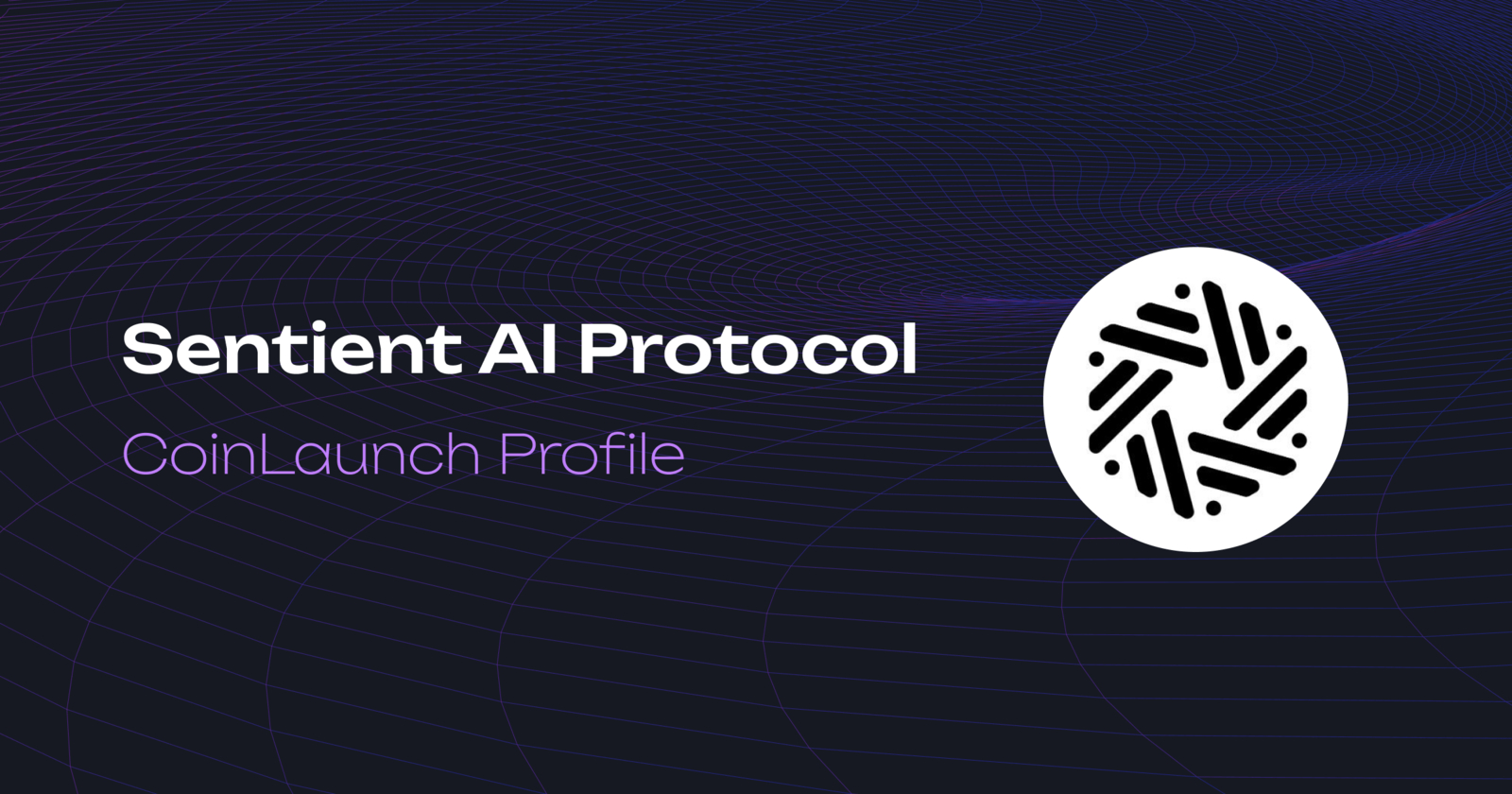
Sentient – A leading open-source protocol building a decentralized AI economy. Sentient empowers developers to create, own, and monetize AI agents (“Loyal AIs”) without corporate gatekeeping, and is backed by significant recent funding. Its open AGI network, The GRID, is positioned as a decentralized rival to closed AI marketplaces.
-

OWN AI Network – Turning intelligence into ownable assets, OWNAI Network tokenizes autonomous fleets, robots, and AI infrastructure. It enables fractional ownership and direct monetization of AI-powered machines, making AI asset ownership accessible to a global community.
-

Volkswagen x Hivemapper – Volkswagen’s ADMT division partners with Hivemapper to power its Robotaxi fleet using a blockchain-based mapping system. This collaboration leverages DePIN for real-time, decentralized road data collection, boosting the efficiency and autonomy of next-gen vehicles.
-
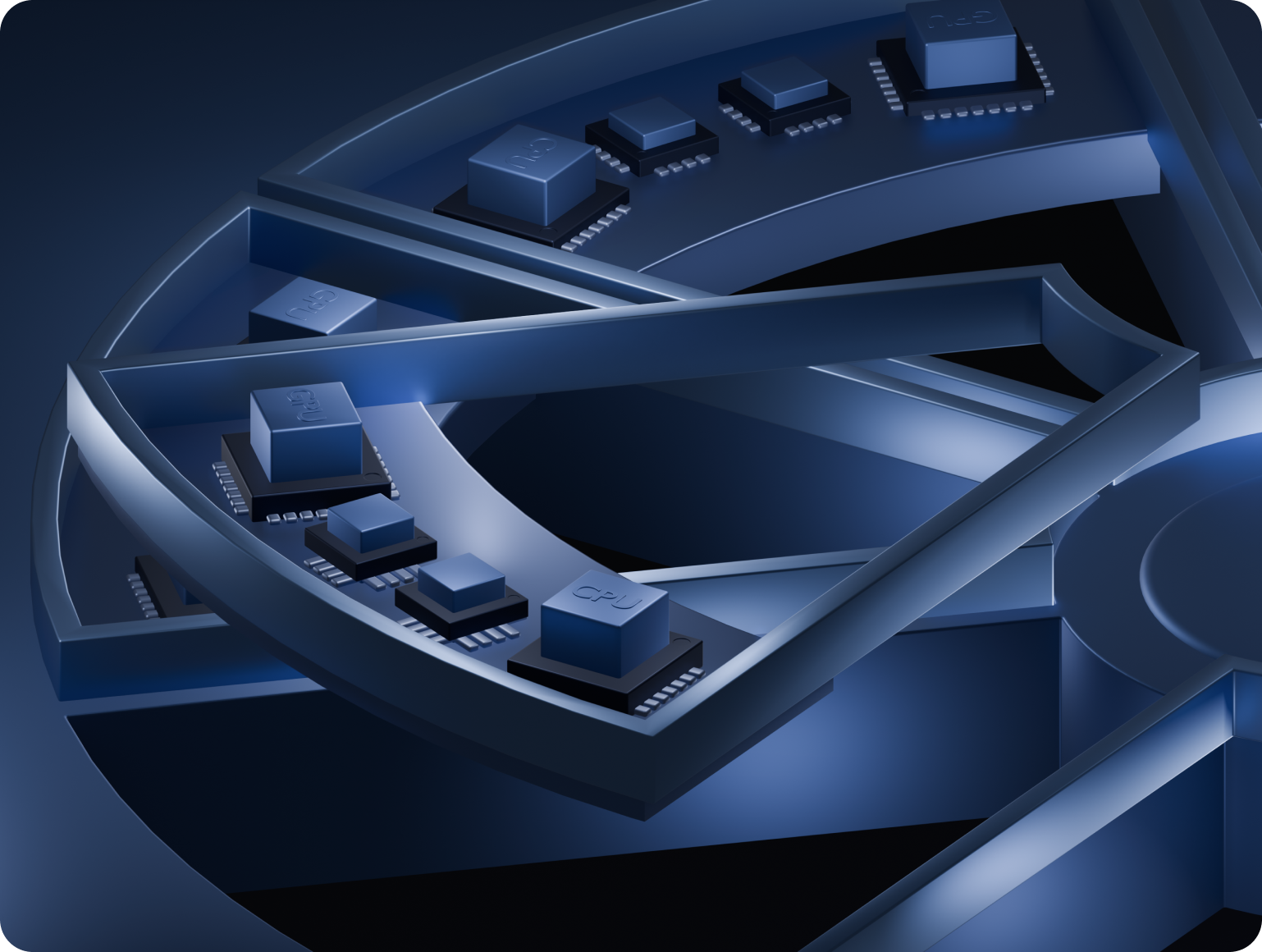
Autonomys x Swan Chain – By integrating their DePINs, Autonomys and Swan Chain deliver secure, permanent data storage and decentralized AI compute resources. This partnership is making decentralized AI development more affordable and seamless for innovators worldwide.
-
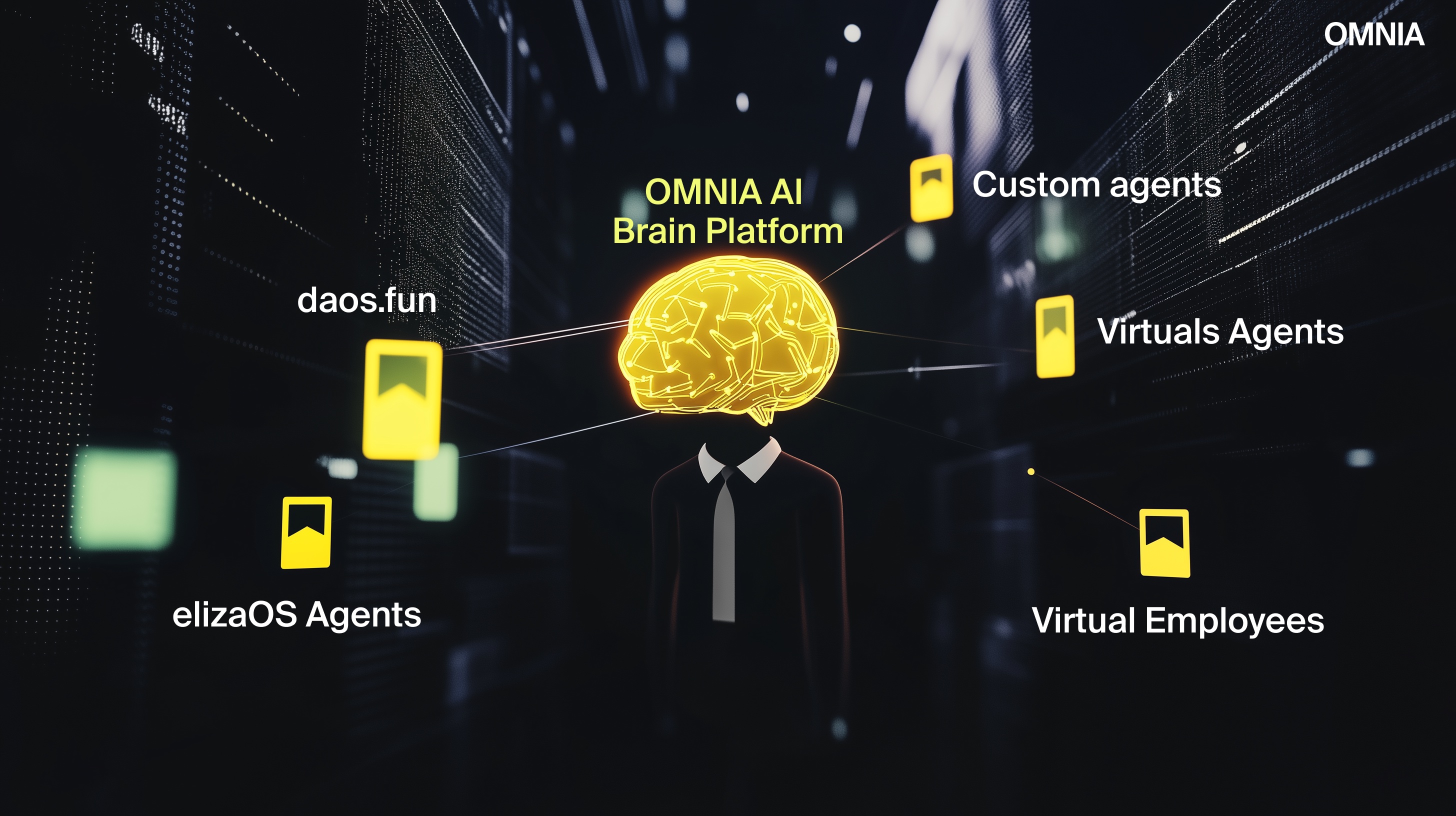
OMNIA – OMNIA is building autonomous AI agents that interact with both on-chain and off-chain environments. These agents can manage wallets and make intelligent, autonomous decisions within DePIN networks, pushing the boundaries of decentralized automation.
-
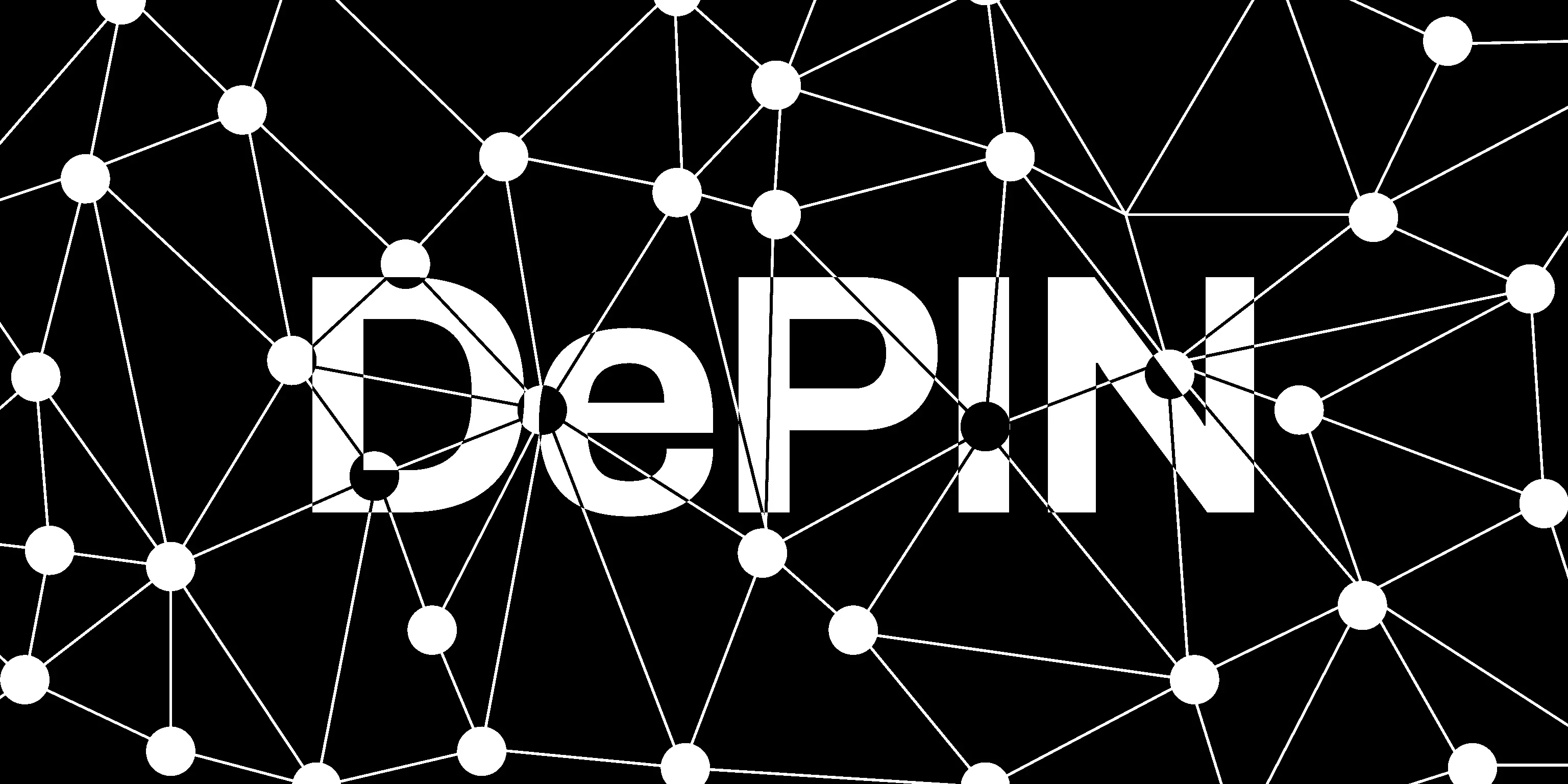
IoTeX – With its ambitious AI infrastructure stack roadmap, IoTeX is harnessing DePIN data for modules like execution, device identity, and data aggregation. This supports a broad spectrum of decentralized applications, making IoTeX a key player in tokenized AI asset ecosystems.
Challenges Ahead, and Why They’re Worth Tackling
No innovation comes without hurdles. Decentralized autonomous fleets must navigate technical challenges (such as latency in consensus protocols or securing edge devices), regulatory uncertainty around autonomous machines, and questions about data privacy as more sensors flood public spaces. However, these challenges are being met head-on by open-source communities and well-funded research initiatives like SentientAGI (details here), which recently secured $85 million to build out its community-driven AGI economy.
The payoff? A world where AI-powered DePIN networks don’t just serve corporate interests but empower local communities, citizen scientists, independent developers, and yes, investors seeking exposure to the next wave of digital-physical convergence.
What’s Next for DePIN AI Infrastructure?
If you’re building or investing in this space, keep your eyes on three trends:
- Composable infrastructure: Interoperable modules (compute, storage, identity) that any project can plug into, no vendor lock-in required.
- Autonomous agent ecosystems: More sophisticated AI agents capable of negotiating contracts and optimizing resource allocation autonomously.
- Crowdsourced governance: Real-time participation from users who directly shape network rules via DAOs or stake-based voting.
This isn’t just a technical evolution, it’s a cultural shift toward open participation in one of the most valuable economic frontiers of our time. The lines between physical infrastructure and digital intelligence are blurring fast, and those who understand how decentralized autonomous fleets fit into DePIN AI infrastructure will be best positioned to shape what comes next.
